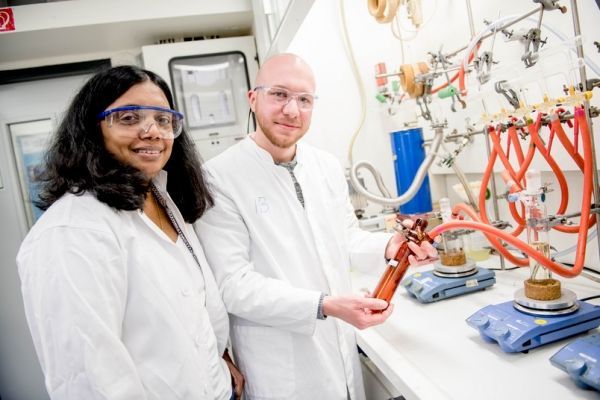New silver films may boost the efficiency of solar cells and light-emitting diodes. However, they have been difficult to fabricate.
A new fabrication process for transparent ultra-thin silver films has been developed by researchers at Ruhr-Universität Bochum and the University of Wuppertal. The material may help build highly efficient solar cells and light-emitting diodes. However, traditional chemical methods have not been able to produce ultra-thin and pure silver films. A team headed by Professor Anjana Devi and Nils Boysen from the Bochum-based research group Inorganic Materials Chemistry, in collaboration with the group of Professor Thomas Riedl from the Chair of Electronic Devices in Wuppertal, published an article on a new synthesis method in the journal “Angewandte Chemie”. The article was published online on 27 September 2018.
“Precursors for the fabrication of ultra-thin silver films are highly sensitive to air and light,” explains Nils Boysen. The silver precursors can be stabilised with fluorine, phosphorus or oxygen. “However, these elements contaminate the thin films as well as the equipment used for the production,” continues the researcher. In the course of his Master thesis, Boysen and his colleagues developed an alternative solution to tackle the problems associated with common silver precursors.
Continue reading at Ruhr Universitat Bochum
Image via Ruhr Universitat Bochum




